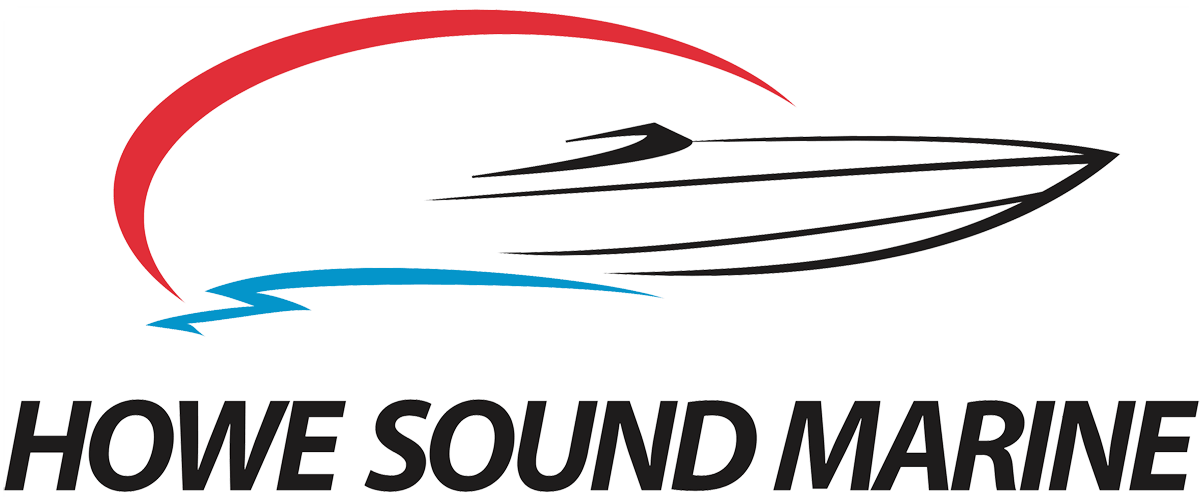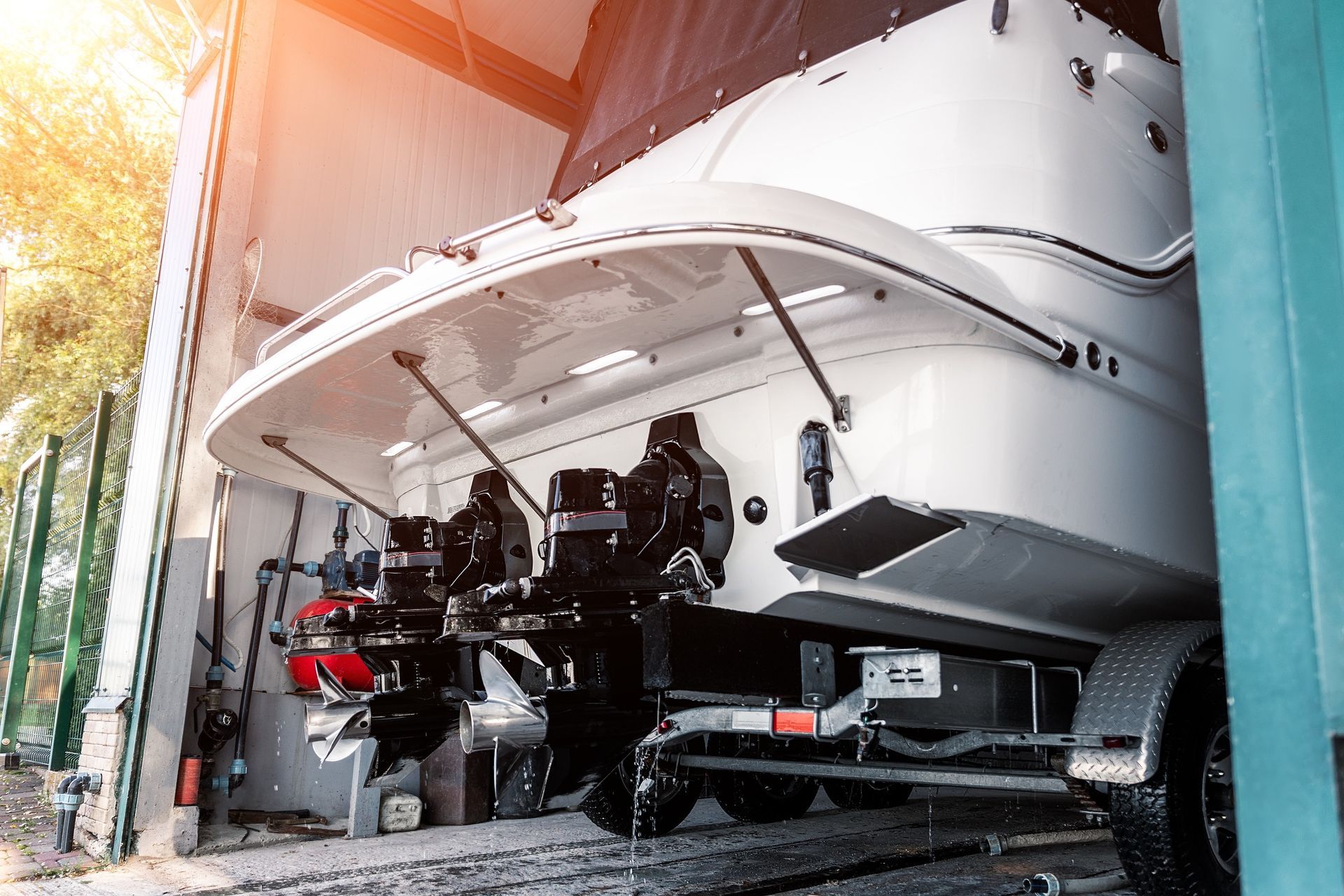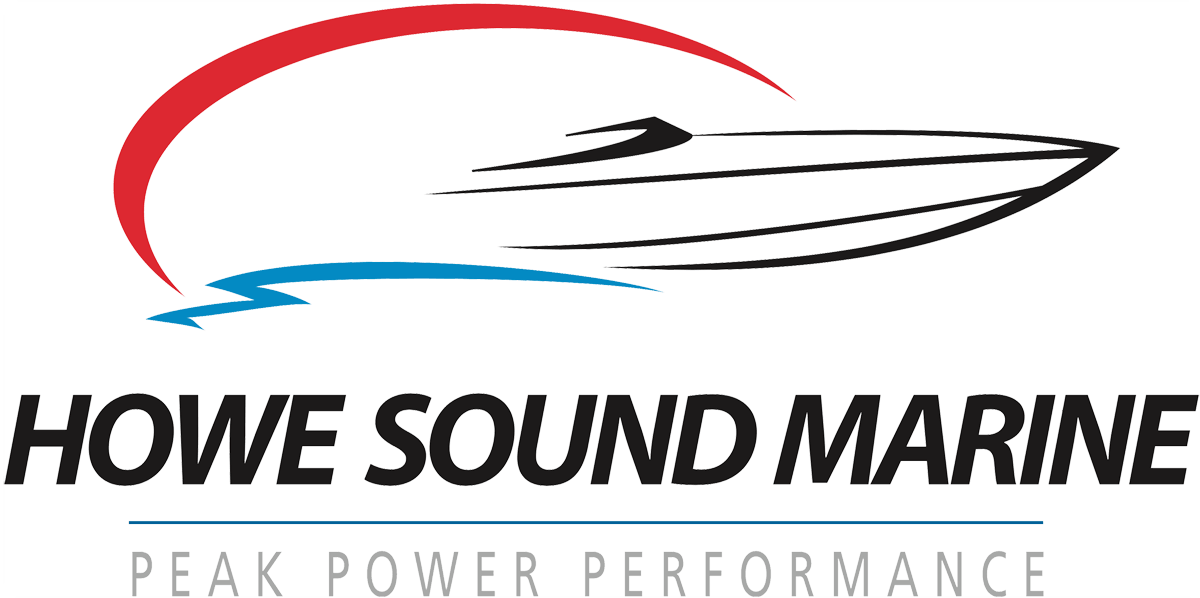The 5 Most Common Marine Engine Problems
Listed below are the 5 most common problems we find on pleasure craft with suggestions on how to prevent them.
1. Water in the Fuel System
The engine cranks over but will not start!
This is a phone call we frequently get, which usually means there’s water in the fuel system...
Water in the fuel system in boats is a very common problem. Water usually gets into the gas tank from improperly stored fuel, through the vent line, a loose filler cap (or no filler cap), etc., which is why all boats should have a water separator fuel filter. The water separator removes any water in the fuel that is being pumped to the engine thus preventing water getting into the engine. The filter should be replaced annually at least and to be on the safe side, we recommend checking the filter every six months.
If there is more water in the fuel tank than a water separator can manage the excess will get into the fuel system of the engine. If this occurs the fuel system on the engine will have to be flushed and cleaned, which can be very involved depending on the engine. Be proactive, only use properly stored fuel, replace or tighten loose vent line and filler caps and inspect your filters regularly to avoid problems.
2. Dead Batteries
You turn the ignition key and nothing happens!
Yes, your battery is dead (another common problem).
The electrical systems on boats are unique and boaters often add accessories connected directly to the battery which causes all sorts of problems. Our suggestion is to have a battery switch installed on the boat so you can turn off the battery when you leave the boat, even if you have a small boat with only one battery. Also, make sure all positive 12volt wiring comes off the battery switch and is not connected directly to the battery. Having 12volt feeds coming directly from the battery will defeat the purpose of a battery switch. The key point here is install a battery switch and turn it off when you leave the boat. This stops battery drainage.
3. Over Heating Engine
This is a very common problem. Most marine engines have a sea water pump that supplies the water flow for the cooling system. The number one cause of over heating is a failed impeller in the water pump. These impellers have a life span and require replacing according to the manufacturer recommendation. As each engine manufacturer uses different types of water pumps the life span will vary. Check your Owners-Manual for the maintenance schedule and keep track of how often the impeller should be changed and keep up to date with this important service. Overheated engines can cause serious damage and costly repairs.
4. Faulty Electrical Connections
Boats operating on the Pacific West Coast are exposed to moisture and salt. It is easy to get corrosion on electrical connections onboard a boat, especially on tow boats and ski boats with all those wet bodies getting on and off the boat. Inspect your electrical wiring to the batteries and the fuse panel to make sure they are clean and tight. You can also spray the wire connection with a corrosion guard to protect from moisture. Remember, corrosion causes high resistance in the wiring which then causes a myriad of electrical problems such as blown fuses, intermittent starting, intermittent hydraulic trim pump operation and can affect the operation of the bilge pump, bilge blower and other accessories. Keeping an eye on electrical connections can prevent these frustrations.
5. Engine Not Performing Properly
The engine is hard to start!
The boat worked great last year and now it won’t get up on plane.
The engine is running rough., etc.
Proper maintenance is always the key to a smoothly running boat. As boats operate in a harsh environment, they need a lot more maintenance than a car or truck (they are definitely in a league of their own maintenance wise).
Here is a list of Service Requirements to be done at the beginning of the boating season :
- Change engine oil & filter.
- Change the gear oil.
- Change fuel filter.
- Check fluid levels in battery cells.
- Charge & load test batteries.
- Inspect the ignition system for worn or corroded parts.
- Check belts. Replace if they are worn.
- Lubricate grease fittings and propeller shaft.
- Replace worn sacrificial anodes.
- Check maintenance chart to determine if the water pump need service.
- Perform sea trial to test the engine operation under load & to ensure all systems are working properly.
- Check the bilge pump operation. TIP: Don’t just listen for the sound of the pump turning on; add water to the bilge and make sure it is pumping out the water
This checklist should ensure a problem free and enjoyable boating season.
Power up!
Give us a call us today for more information at
(604) 921-7124. We’d be happy to talk with you.
Contact Us
Questions on our Services or Products? Get in Touch
USEFUL LINKS
SEARCH
SUBSCRIBE FOR UPDATES
You need a helping hand with your project?
We will get back to you as soon as possible
Please try again later
USEFUL LINKS
SEARCH
SUBSCRIBE FOR UPDATES
You need a helping hand with your project?
We will get back to you as soon as possible
Please try again later
All Rights Reserved | Howe Sound Marine
Privacy Policy
All Rights Reserved | Howe Sound Marine | Privacy Policy



